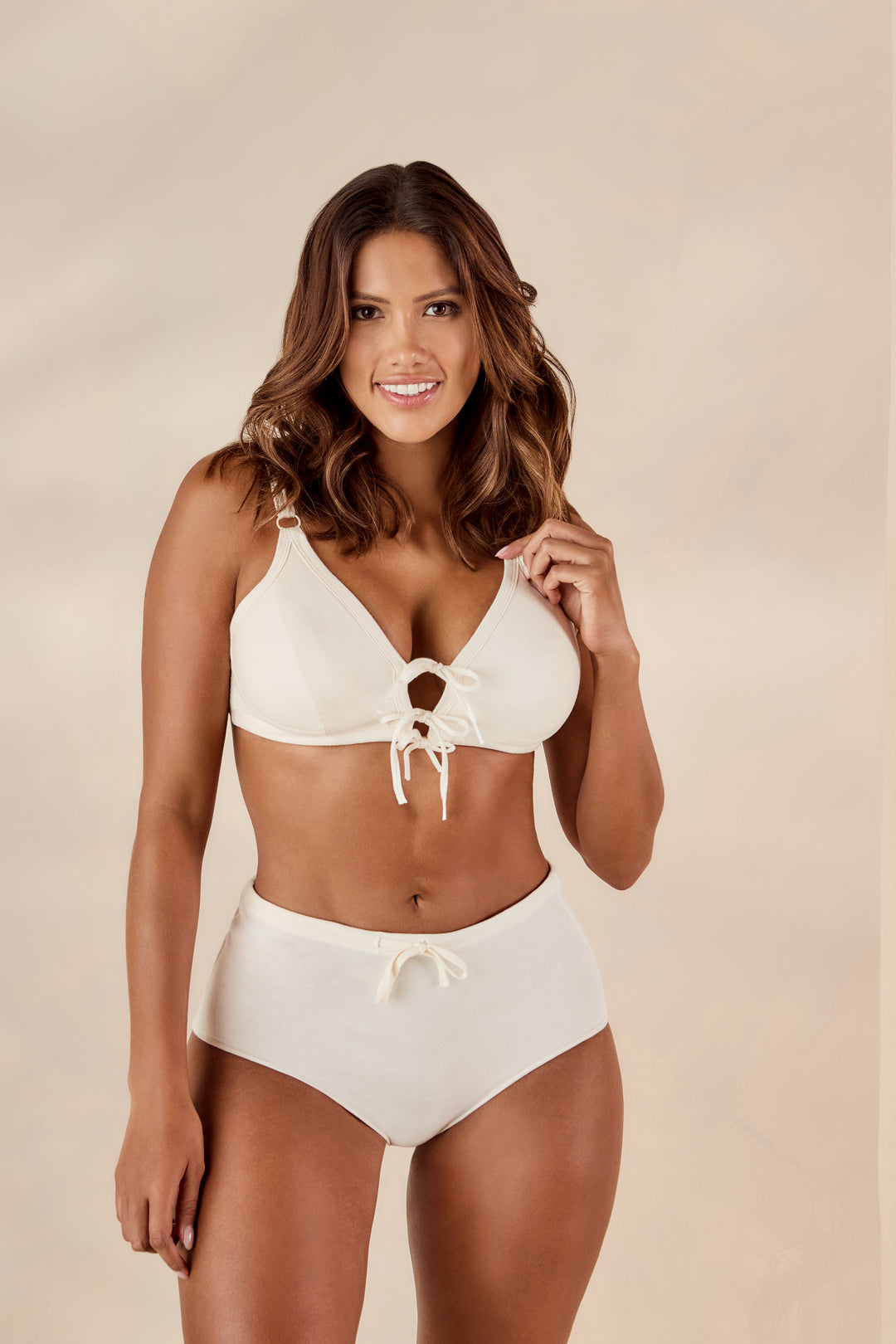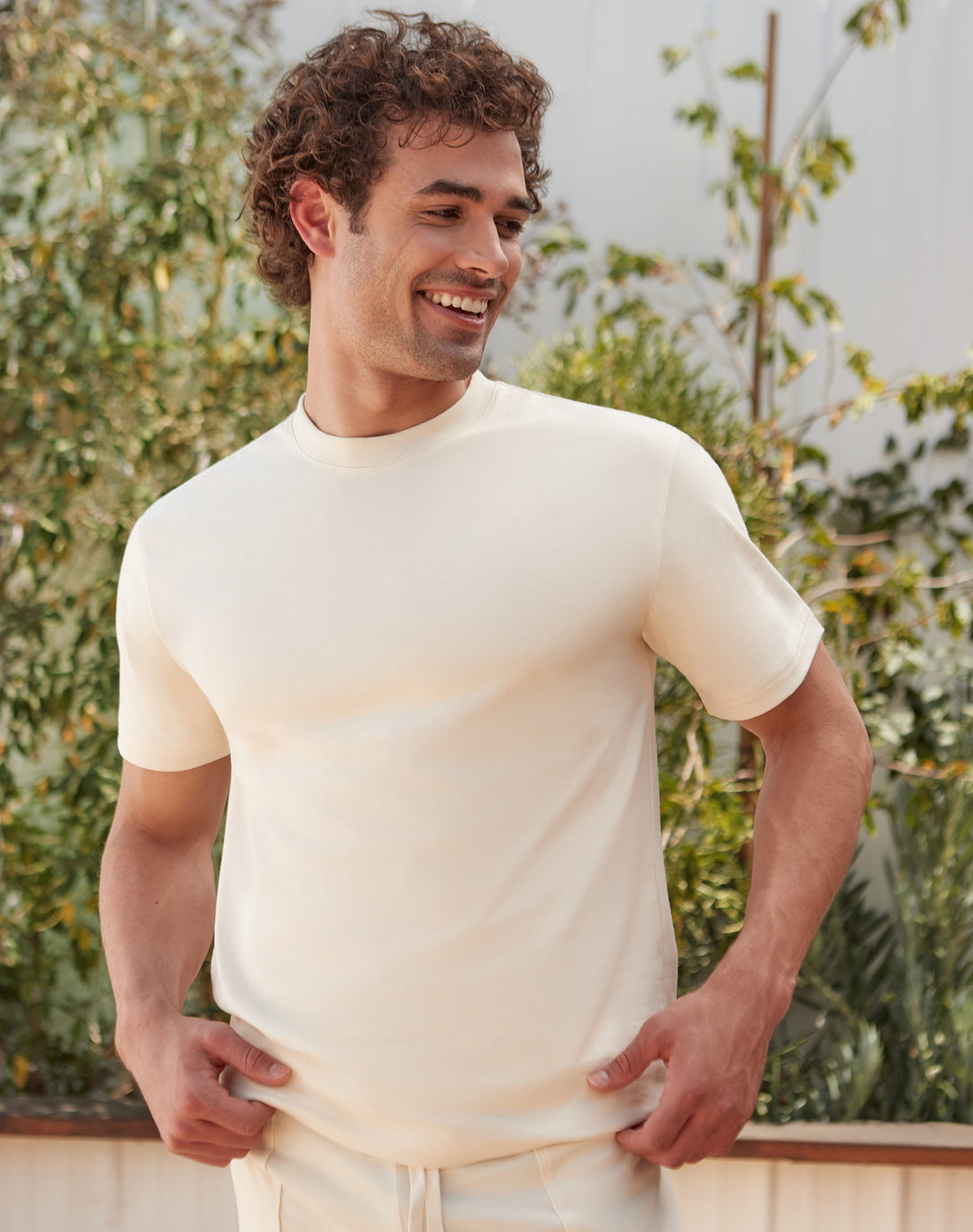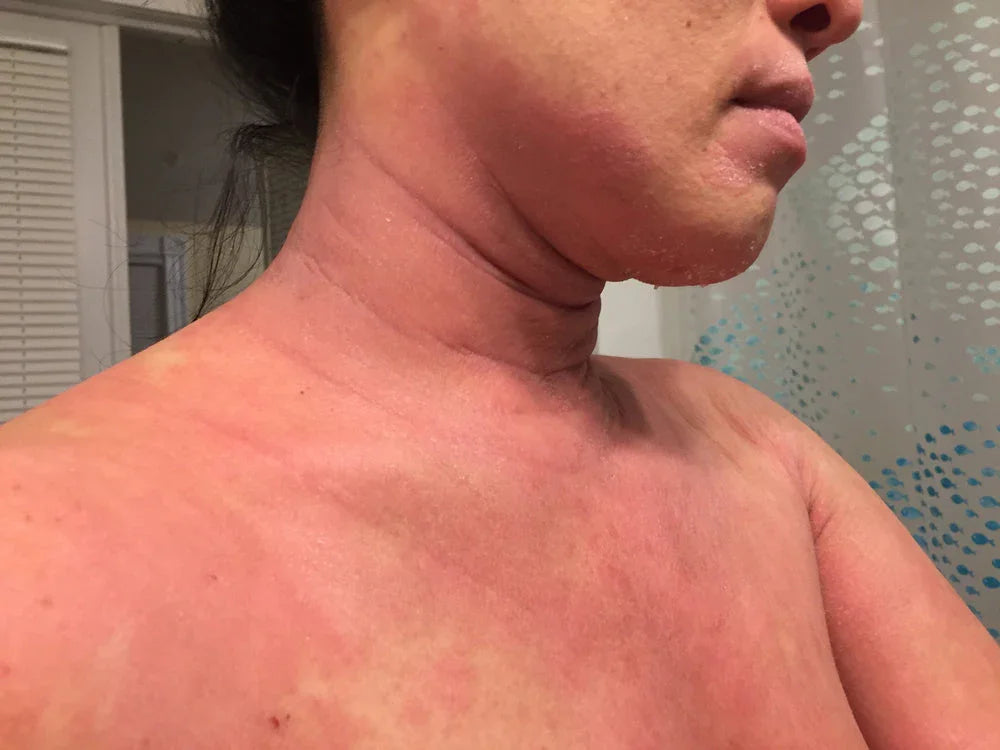The Contact Dermatitis and Clothing Connection
Persons who suffer with dermatitis or sensitive skin have a difficult time living day to day avoiding allergens and the dreaded rash, itching and discomfort that comes with it. I have sensitive skin and prone to develop contact dermatitis at any time often reacting to something next to my skin that I have used for long periods of time. I recently had to discard my favorite pair of pants after months of developing a rash on my stomach and side whenever I wore them. How could this be I said to myself, of all the things in the world to have, why did I inherit this strange skin?
While researching the matter I came across some interesting information regarding contact dermatitis and clothing. It seems there are quite a few people who develop contact dermatitis from formaldehyde resins which are used for textile finishes. Apparently it's pretty common in women but men can also develop the condition if they have sensitive skin. I was amazed and had no idea that formaldehyde was used on fabrics. Can you imagine being allergic to your clothes? If you are experiencing a chronic recurring rash on various part of your body, particularly where clothes fit tightly you may want to contact your Dermatologist and request testing for this sensitivity. The rash can get particularly irritated from perspiration and in areas where the friction of the fabric rubs against the skin.
According to the American Contact Dermatitis Society common eruption sites include the posterior neck, upper back, lateral thorax (part of the body between the head or neck and abdomen), waistband and flexor (fingers) surfaces. It can however appear in other areas like the forehead if you wear a cap that's been treated with formaldehyde.
Formaldehyde is used to make clothing that is wrinkle resistant (permanent press) and these can release significant amounts of the substance. The American Contact Dermatitis Society states that rayon, blended cotton, corduroy, wrinkle-resistant 100% cotton, and any synthetic blended polymer are likely to have been treated with formaldehyde resins. Women's clothing also includes lingerie and undergarments.
Many individuals are allergic to formaldehyde and know to avoid personal care products that contain formaldehyde releasing preservatives. Keep in mind that many pharmaceuticals including OTC drugs also use these same preservatives so it's not limited to skin care products. For those sensitive to formaldehyde clothing can also be a stong source of irritation.
Each country has its own manufacturing standards for acceptable levels for formaldehyde resins. A low indicator of formaldehyde releasing resin would be 75 ppm which is the Japanese standard, the US standard is somewhere near 300ppm, quite a difference.
Fabrics safe to wear: 100% silk, 100% linen (if it wrinkles easy), 100% polyester, 100% acrylic, 100% nylon, spandex, flannel (soft), wool (may cause irritation) and denim.
Do not wear these fabrics: Permanent press, wrinkle resistant, color-fast, stain-resistant, blends (including rayon, polyester-cotton), corduroy or shrink-proof wool.
It is suggested that you read the labels in your existing clothing and separate them in your closet so you will know what's safe to wear. Always opt for loose fitting clothing since friction and perspiration can cause the condition to flare. Read the labels in any new clothing before you purchase. Clothes made in Japan are the safest and companies that sell clothes in Japan also have to meet the Japanese standard.
Companies that meet the Japanese standard: GAP, Old Navy, Banana Republic, Liz Claiborne, Eddie Bauer, Cuddle Duds and Levi Strauss. There may be others but these were on the list from the American Contact Dermatitis Society.
If you suspect that you or a loved one may have this sensitivity please contact your dermatologist to be tested. Also visit the website of The American Contact Dermatitis Society for more detailed information.
Source: Y Walker, http://www.clothing-racks.tk/270165-The-Contact-Dermatitis-and-Clothing-Connection.html








300 comments
I have significant allergy to formaldehyde and formaldehyde releasing chemicals, many formaldehyde releasing chemicals (about 10-12) are used in cosmetics as preservatives . Avoid dryer sheets that are put in the dryer. Use laundry detergent ECOS free and clear, use Vanicream shin moisturizer and their hand soap and shampoo etc that do not contain formaldehyde or releasers (Pharmaceuticals Specialties inc, Rochester,MN , ph 800-325-8232 for info and catalogue, Walgreens usually stocks some of their products)
Thank you for this info and thanks to everyone who has added comments. My poor husband has suffered horribly from what the doctors have called atopic diabetic dermatitis. We’ve tried all sorts of creams and salves.. Now he’s having light treatments. However, the rash continues. We have a friend who missed a week of work because of contact with wrinkle-free sheets. She developed a terrible rash and has been treated with prednisone. Now we know the material was treated with formaldehyde. Where do we find sheets and clothing completely free of formaldehyde? Let’s keep helping each other. The doctors don’t seem to know what to do.
I see you have many fabrics listed that are safe to wear include 100% clothing. What about 100% cotton? Is this clothing also formaldehyde free and safe to wear for those with an allergy?
First THANK YOU! WITH MY WHOLE HEART for all these comments. I have been suffèing for years, I have had to give up my career, My social life, my self confidence, everyday comfort and normal activities because of this conditiin. And I have never heard anyone else speaking of the same issues and doctors act like this is the first case they have ever seen like this each time I meet a doctor. From my scalp to the bottom of my feet I suffer with these itchy, burning, raw, irritated rashes and inflammation. The smell of my skin makes me sick, depressed, sometimes thoughts of wishing to die. That my family does not have to.see me this way and that I dont have to suffer anymore. There does not seem to be enough hours in the day to research clothing I can wear to help, or find sources of relief. I have contact allergies, food allergies, and environmental allergies. I feel like planet earth is killing me. To read all of this information gave me hope this morning. THANK YOU!
There are 2 types of Contact Dermatitis which shows nearly same symptoms. Irritant Contact Dermatitis (ICD) occurs when people touch something they’re sensitive which is a common type on the other side there is Allergic Contact Dermatitis (ACD) that occurs when people touch something they’re allergic. One way to treat this skin condition is by avoiding substances that reacts to your body. There are medicines that are made to lessen the discomfort or pain. There are also natural ways to treat, Dr. Sundardas a naturopathy expert wants to help We hope that you have time to visit our website naturaltherapies.com or email us enquiries@sundardasnaturopathy.com so we could talk about a naturopathy.
…
59